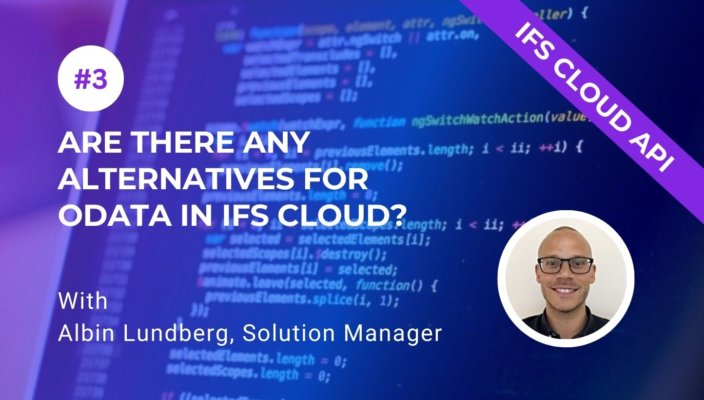
Running an ERP in your business is not an easy task. The time spent on moving into the ERP and the cost of maintaining a very large system prompts one to think of the Return on Investment. As with any major investment, the return is intangible and far stretched. However, you will need to make sure your ERP is up to date and is on course to provide this return.
You most likely implemented the latest and best version of the ERP available at the time. But when is the right time to move out of the initial implementation scope to an enhanced version which provides better functionality and user experience?
There are many challenges while figuring out the answer to that question. This includes the reluctancy to change for the users – if the new version is different from the current, especially UX-wise.
Four reasons to upgrade your ERP
Incorporating statutory changes
An ERP is streamlined to provide the best business practices. This includes the statutory requirements of the country which the business is in. As governments and policies change, there is pressure on business systems to adhere to the new mechanisms. If the system is outdated, it can be difficult for the ERP to be flexible to manage new changes.
With a new version of the ERP, the updated statutory requirements will already be built in. This saves time creating modifications to run the same process in the older version, as the functionality is already tested and ready for market.
Changes in user experience
With new innovations constantly bombarding the tech market, it can feel like your ERP is getting outdated every minute. Most ERPs are now moving to cloud solutions when on-premise was the preferred options many years back. This enables faster interaction with data for the user while the user interface (UI) plays a key role as well. There is also a trend to move to mobile ERP interfaces. Millennials prefer to work with mobile interfaces that allow them to be flexible and access information whenever they need to.
However, usability trends move really fast, and your ERP might not be able to keep up. It is important that your ERP provider gives you mobility options. If your ERP is outdated, the options of being integrated with more modern technology might not be possible. Therefore, to provide the user with a better user experience, the base ERP needs to be updated and, of course, the ERP should be feature-rich to provide the business with modern technology.
Poor integration mechanisms
Even though an ERP is a broad system, sometimes it doesn’t cover the full scope of a business. There can be particular areas in a business which an ERP may not be able to cover, and it could be more efficient to use a system that is specialized to perform the same task. When such a scenario occurs, integration with the main ERP system is critical. Both the ERP and other systems need to have the proper mechanisms to perform the integration. Older versions of ERP systems may not be flexible enough to manage integrations with newer, specialized systems. They also may not be able to integrate with newer technologies, such as the internet of things (IoT). With IoT capabilities becoming a standard feature of major ERP vendors, your upgrade could provide a path to benefitting from these new technologies.
Vendor support not available for older versions
As ERPs add new functionalities, their development resources go towards creating better experiences for users. Because of this, the ERP may not be able to provide support to older versions. This could leave a business with little—or no—product support if you are using an older version of an ERP. If you do not want to be left behind, you need to know how long the support cycles are for each vendor and move to better versions as swiftly as possible.
A major factor in ERP upgrades is cost. Cost can depend on the type of upgrade that you think is suitable for the business. Start by evaluating the quality of data in the current system. If the data quality is rich, it might be better to perform a technical upgrade only. But if the data is not accurate and your business has changed significantly since the ERP implementation, it is advisable to conduct a fresh cut over (otherwise referred to as a “Fresh Implementation”). This of course will take longer, and can cost more than a technical upgrade.
In conclusion: it is always good have the latest systems running in your business so you can take advantage of the latest features and technology. Upgrading your ERP should naturally boost the productivity of the users and deliver a good return on investment. Therefore, you should not think of an ERP upgrade as an expense but as a highly efficient investment!
Are you using IFS Applications 9 or lower?
Upgrading to IFS Applications 10 doesn’t have to be a chore. Talk to one of Novacura’s IFS experts today to learn more.









